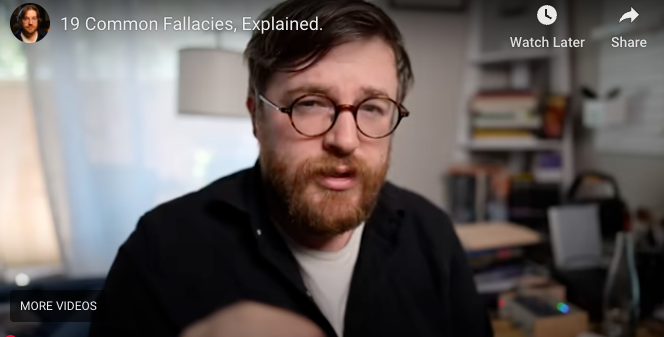
Film: Vertigo (1958, dir. Alfred Hitchcock)
🎬 Module 2
Argument & Evidence (Auteur Theory)
Activity
Watch Vertigo (1958)
Collect evidence for two positions:
Hitchcock is the true auteur (stylistic fingerprints).
Film is fundamentally collaborative.
Compare which argument has stronger evidence.
Welcome to Module 2
A good critical thinker doesn’t just accept arguments; they test the evidence behind them.
In film studies, one long-running debate is auteur theory: is the director the “author” of a film? Hitchcock’s Vertigo is often used to argue that his signature style proves his authorship.
But is the film’s power only his, or does it come from the combined work of actors, cinematographers, writers, and composers?
In this module, you’ll weigh up both sides by testing the evidence.
Watch before you answer
Before you attempt the questions, take a few minutes to:
Look again at the questions, ask yourself: what’s wrong with the reasoning in each?
Try to explain in your own words why it’s a fallacy
Match the fallacy to the statement :
“It’s Hitchcock, so it must be good.”
“All great films are made by auteurs, so Hitchcock is great.”
“If the film has strong acting, it can’t be Hitchcock’s authorship.”
What is a Fallacy?
A fallacy is a mistake in reasoning. It makes an argument sound convincing, but the logic behind it doesn’t actually hold up.
Fallacies can:
Oversimplify a complex issue.
Rely on authority rather than evidence.
Jump to conclusions without proof.
For example:
“It’s in the newspaper, so it must be true.” → This assumes newspapers never make mistakes.
“Everyone says Hitchcock is a genius, so Vertigo must be perfect.” → This is relying on popularity, not evidence.
When you learn to spot fallacies, you become a stronger critical thinker.
Cottrell Link
Chapter 12 on Critical Thinking
Section on Developing Academic Arguments
Guidance on: recognising reasoning steps, evaluating evidence, and avoiding flawed logic.
She gives practical examples of how to structure a reasoned argument in essays.
👉 How to use:
“When weighing up auteur theory, apply Cottrell’s steps for developing arguments: identify the claim, examine the evidence, and check for flaws in reasoning.”
